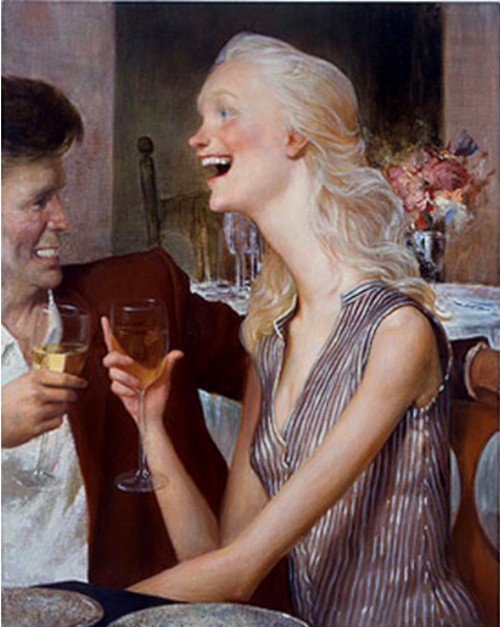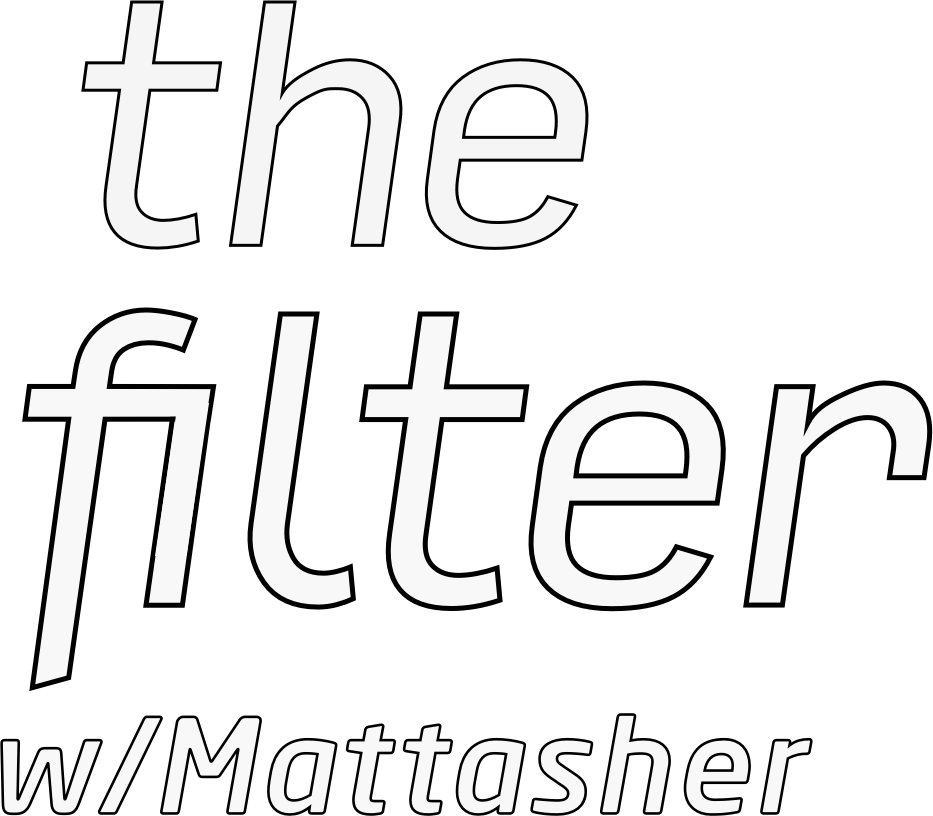
Somewhere, buried deep within our brains, is a huge pull towards recognizing things as human. We see a crater with a line and some rock piles on mars and immediately the face is apparent to us. We love cartoon animals that act like humans: expressing love, fear, excitement and playfulness. These animals don’t have to look realistic to be compelling, just like we can fall in love with Betty Rubble, even if her proportions are far from correct. Our brains are able to understand her drawing as a caricature, a suggestion of what a human being might be like. The red perky lips, the alluring smile, the short dress. There’s an entire genre of cartooning which places the 2D characters from “The Simpsons” and “Futurama” into erotic poses so pleasurable to look at that websites can hide the full collections behind pay walls…
We also have no trouble with images of people looking fully human. Works depicting actual, regular-looking humans are no problem for our psyches. But there’s another deeply embedded pull in our brains, which causes us to cringe at the sight of mutated human beings, freaks and cripples who we know intellectually to be still human, but can’t look at without gawking or assuming they are miserable creatures who would be happy to have their sub-sapien existences ended.
I’ve written before about this theme of the Uncanny Valley, the disturbing gap in lovability between stylized caricatures and realistic depictions of “normal” human forms. Artist John Currin has managed to land squarely in this gap with many of his paintings, as in “Park City Grill”, shown above. Images like this are both compelling and disturbing. They are so realistically drawn that we want to view them like photos, like actual depictions of real people. But at the same time the proportions are off, not so much that they become parodies, but enough so that it’s clearly a deliberate choice of the artist to distort. The end result is no less compelling than photos of smiling burn victims. How can they possibly be happy looking like that?

Fantastic post. The “assuming they are miserable creatures” link perfectly supports your point. There’s something about Currin’s work that throws me off… but I just can’t stop staring.